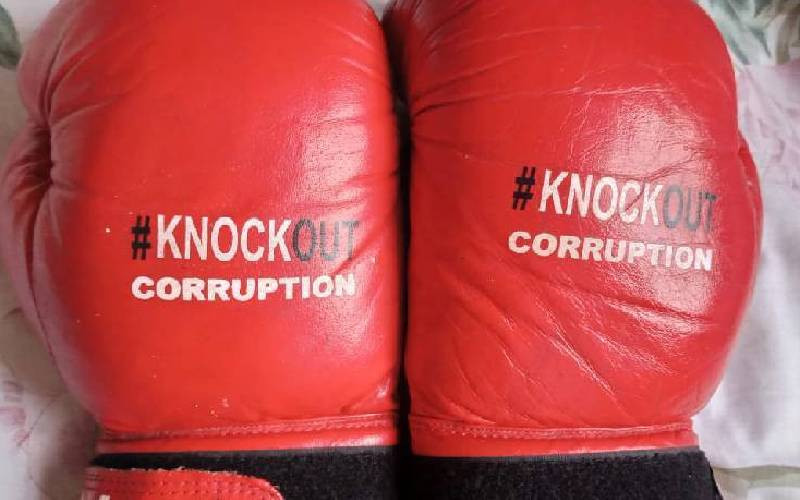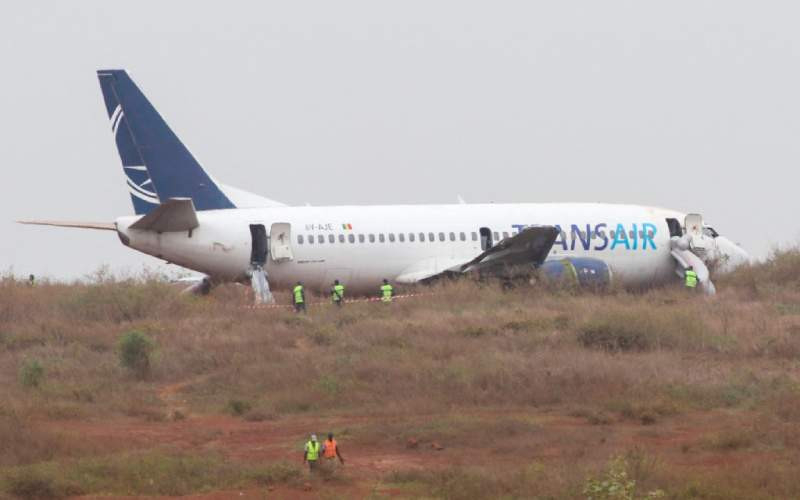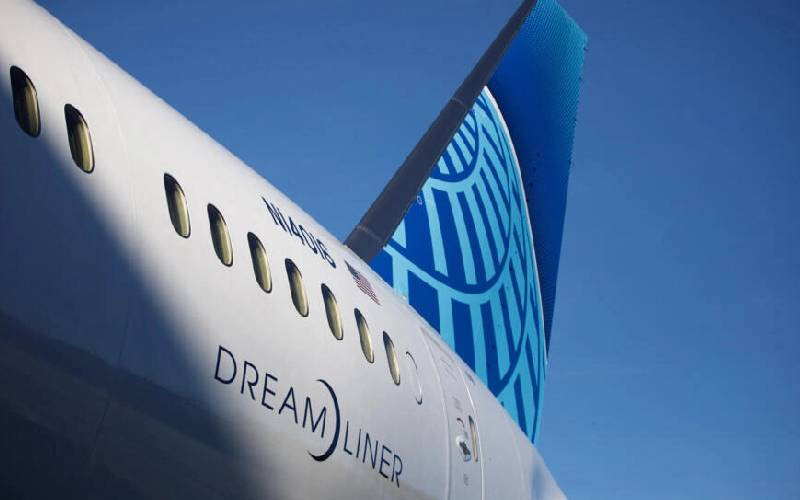
If the government-to-government oil deal entered into by the Government early in the year were to work according to plan, Kenyans would have been relieved from the high cost of imports.
President William Ruto was highly expectant as he heaped praise on the team led Energy CS David Chirchir by their ingenuity. To him, the dollar was to come down in months; expecting a low of less than Sh120 to the dollar. The plan was expected to impact on the forces of demand and supply.
However, it is now clear the dollar did not even stabilise but has kept dipping. The programme is one of the clearest indications that not everything works according to plan and even the best of programmes can turn into disasters. The dip continues to be felt.
One of the main contributing factors to current high price of fuel is definitely the dollar exchange rate which has dipped by nearly Sh30 in one year. While the Kenyan shilling has been dipping, the Zambian Kwacha has gained. From 2021 to 2022, the Kwacha had gained by close to 18.5 per cent, with Zambian President Hakainde Hichilema bringing down the cost of inflation from a high of 24.4 per cent to a low of 9.7 per cent.
Just like Kenya, Zambia is highly indebted and has to look towards the IMF for reprieve. The IMF gave them a 1.4 billion dollar bailout in addition to another 1.3 billion drawing rights as part of a debt restructuring agreement.
Though the Kwacha dipped marginally in 2023, it shows it is possible for an African currency to gain against the dollar. Other than stabilising the cost of living, a strong currency means it can honour its loan obligations without having to incur forex exchange losses. Economists have opined that the dipping shilling will end being the undoing of our economy.
The quicker the government accepts the reality that an intervention is not working, the easier it becomes to re-evaluate and address undesired effects. The new fuel prices may be a new high for Kenya but in the international market that is normal. The oil prices per barrel hit quite some heights last year as the world shook off the last vestiges of Covid-19 pandemic. However, we still scraped through with a relatively lower exchange rate. On oil prices, we must admit there are too many taxes contributing to nearly 40 per cent of the price.
While to government, oil is a consumption good, the reality is it is a factor of production whose price can dip the shilling further. A currency thrives on producing more and importing less.
However, in this case, industries that depend on oil for production are likely to produce less or stop production due to limited profit margins. The government can maximise the fuel stabilisation fund but in the long term, let the President make good his promise to relook at the 15 taxes in that space as he promised.
The writer is anchor Radio Maisha
 The Standard Group Plc is a multi-media organization with investments in media
platforms spanning newspaper print operations, television, radio broadcasting,
digital and online services. The Standard Group is recognized as a leading
multi-media house in Kenya with a key influence in matters of national and
international interest.
The Standard Group Plc is a multi-media organization with investments in media
platforms spanning newspaper print operations, television, radio broadcasting,
digital and online services. The Standard Group is recognized as a leading
multi-media house in Kenya with a key influence in matters of national and
international interest.
 The Standard Group Plc is a multi-media organization with investments in media
platforms spanning newspaper print operations, television, radio broadcasting,
digital and online services. The Standard Group is recognized as a leading
multi-media house in Kenya with a key influence in matters of national and
international interest.
The Standard Group Plc is a multi-media organization with investments in media
platforms spanning newspaper print operations, television, radio broadcasting,
digital and online services. The Standard Group is recognized as a leading
multi-media house in Kenya with a key influence in matters of national and
international interest.











